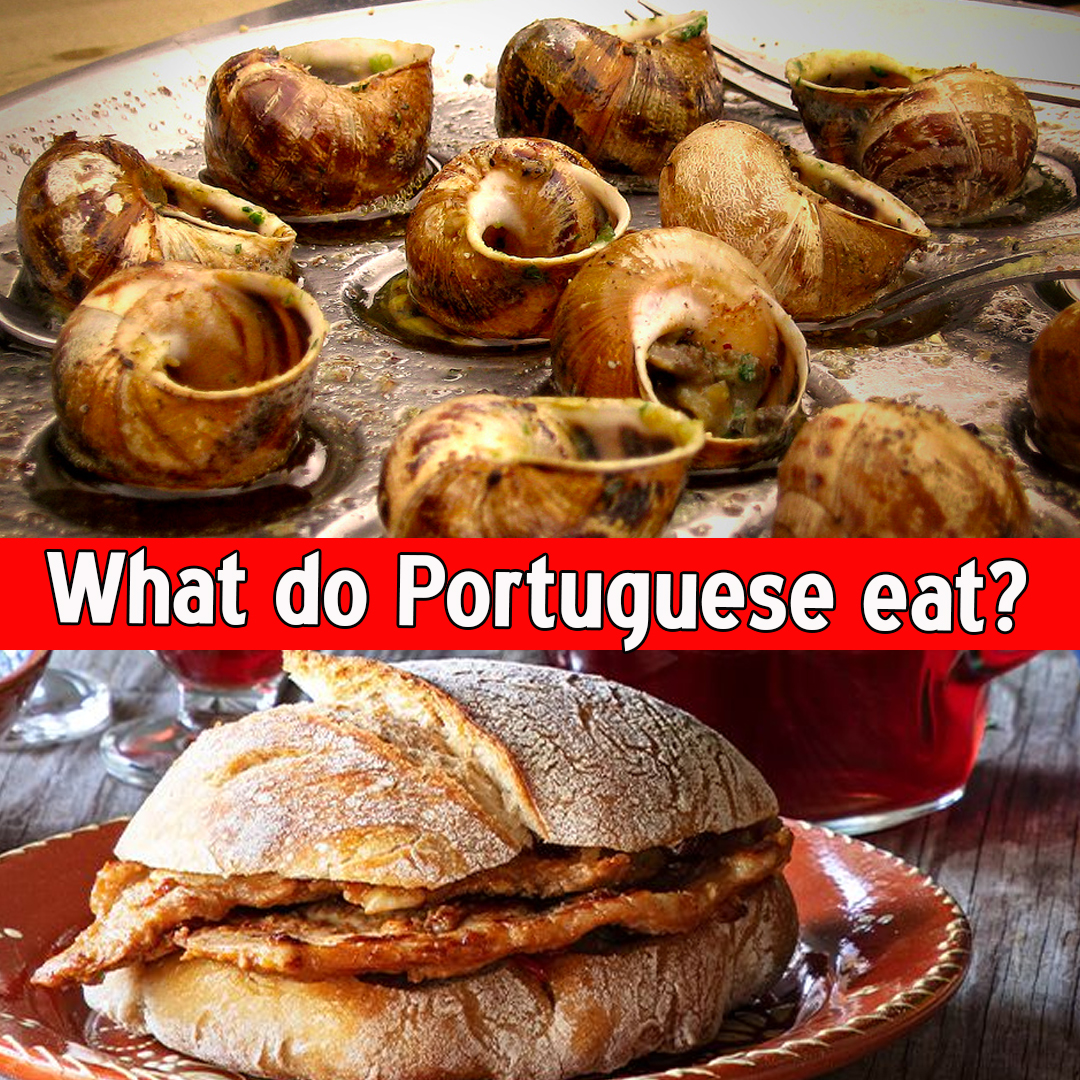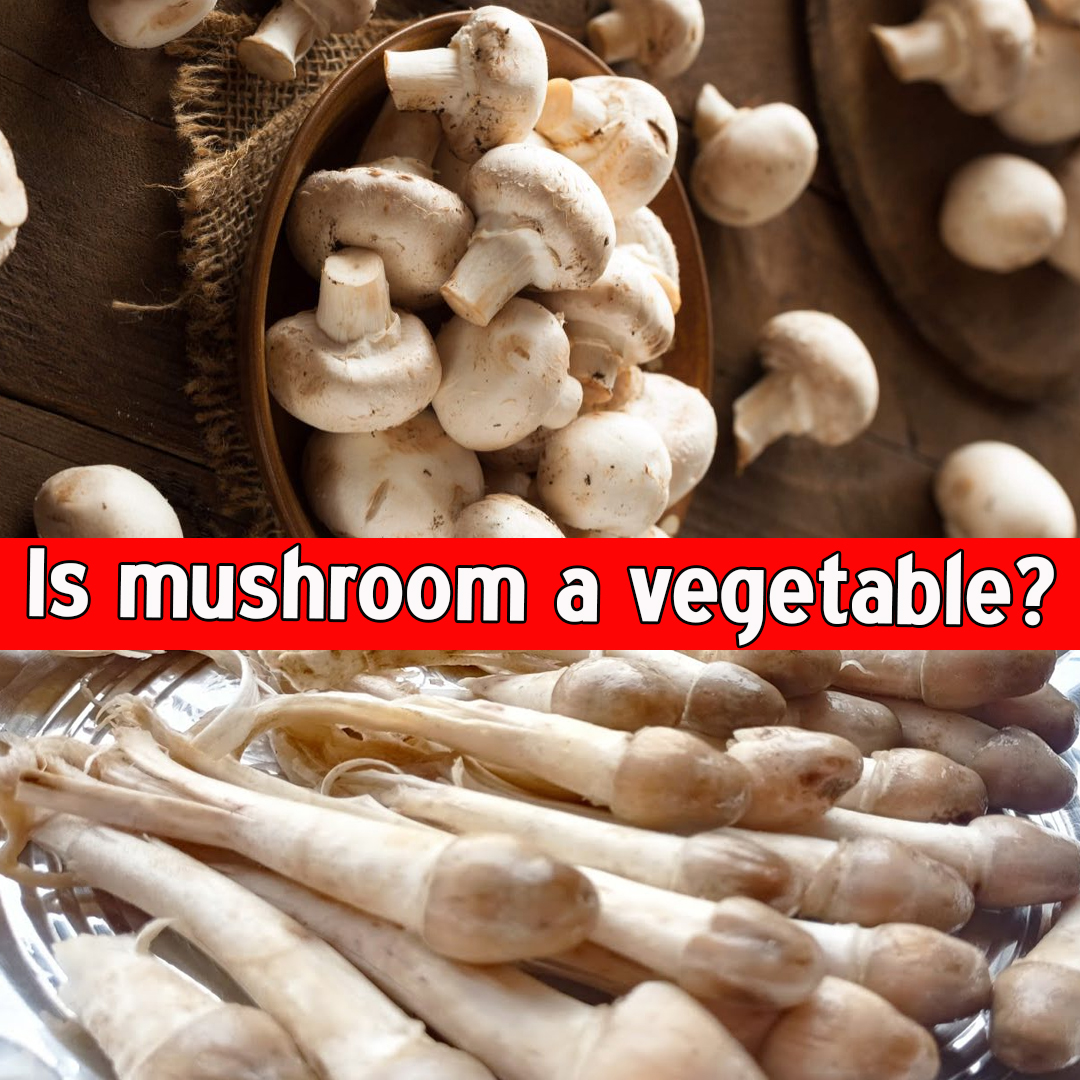Is Chocolate Bad for Dogs?

Is chocolate bad for dogs?
Chocolate is a beloved treat for millions of people across the world, but for dogs, it can be a deadly poison. Many pet owners may wonder: Is chocolate really that bad for dogs? The answer is a resounding yes. In this article, we’ll explore the science behind chocolate toxicity in dogs, what symptoms to look for, how much is too much, what to do in an emergency, and how to keep your pet safe.
1. Why Is Chocolate Toxic to Dogs?
a. Theobromine: The Culprit
The primary toxic compound in chocolate is theobromine, a naturally occurring stimulant similar to caffeine. While humans can quickly metabolize theobromine, dogs process it much more slowly, leading to a buildup in their system that can reach toxic levels.
b. Caffeine: A Secondary Threat
Chocolate also contains caffeine, which, like theobromine, stimulates the central nervous system and cardiovascular system. In dogs, this can cause rapid heartbeat, restlessness, tremors, and seizures.
2. Types of Chocolate and Their Toxicity Levels
Not all chocolates are equally dangerous. The darker the chocolate, the more theobromine it contains.
| Type of Chocolate | Theobromine (mg/oz) | Danger Level |
|---|---|---|
| White Chocolate | 0.1 – 1 mg/oz | Very Low |
| Milk Chocolate | 44 – 64 mg/oz | Moderate |
| Dark Chocolate | 130 – 180 mg/oz | High |
| Baking Chocolate | 390 – 450 mg/oz | Very High |
| Cocoa Powder | Up to 800 mg/oz | Extremely High |
Even small amounts of dark or baking chocolate can be life-threatening, especially for smaller breeds.
3. How Much Chocolate Is Dangerous?
Toxicity depends on:
- Type of chocolate
- Dog’s size
- Amount consumed
General Guidelines:
- Mild signs of toxicity occur at 20 mg of theobromine per kg of body weight.
- Moderate toxicity at 40–50 mg/kg.
- Severe toxicity and seizures at 60 mg/kg and above.
For example, a 10 kg (22 lb) dog could experience moderate toxicity after eating just 2 ounces (56 g) of dark chocolate.
4. Symptoms of Chocolate Poisoning in Dogs
Symptoms can appear within 6 to 12 hours after ingestion and may last up to 72 hours.
Common Signs Include:
- Vomiting
- Diarrhea
- Restlessness
- Increased thirst
- Panting or hyperactivity
- Elevated heart rate
- Muscle tremors
- Seizures
- Collapse
- Coma (in severe cases)
If your dog has eaten chocolate and exhibits any of these symptoms, immediate veterinary attention is critical.
5. What To Do If Your Dog Eats Chocolate
Step 1: Don’t Panic, But Act Quickly
Try to determine:
- What kind of chocolate was eaten?
- How much?
- How long ago?
Step 2: Call a Vet Immediately
Even if symptoms haven’t started, prompt treatment is key.
You can also call:
- ASPCA Animal Poison Control Center: +1 (888) 426-4435
- Pet Poison Helpline: +1 (855) 764-7661
Step 3: Do Not Attempt Home Remedies Without Guidance
Inducing vomiting with hydrogen peroxide may be recommended by a vet, but never do it without professional advice.
6. Veterinary Treatment Options
If your dog is taken to the vet promptly, the following treatments may be used:
a. Induced Vomiting
To remove as much chocolate from the stomach as possible if it was recently ingested.
b. Activated Charcoal
Administered to absorb any remaining theobromine in the digestive system.
c. IV Fluids
Help with hydration and flushing toxins from the system.
d. Anti-seizure Medication
Given if the dog is having tremors or seizures.
e. Beta-Blockers or Heart Medications
To control rapid heart rate and arrhythmias.
With fast intervention, most dogs recover fully.
7. Long-Term Effects of Chocolate Poisoning
While most dogs recover if treated promptly, severe cases may lead to:
- Liver damage
- Kidney failure
- Heart complications
- Neurological issues
Repeated exposures (e.g., eating chocolate multiple times over weeks or months) can cause cumulative damage, even at lower doses.
| Read more – How much garlic is too much? |
8. Why Dogs Like Chocolate (Even Though They Shouldn’t)
Dogs are attracted to the smell and taste of chocolate. Many commercial chocolates contain sugar and fat, both of which dogs find irresistible. Unlike humans, dogs don’t have the judgment to avoid harmful foods, so it’s up to pet owners to keep them safe.
9. Common Situations Where Dogs May Eat Chocolate
- Dropped candy or cookies on the floor
- Chocolate gift boxes under the Christmas tree
- Halloween candy within reach
- Unattended desserts on tables
- Cocoa powder in baking cabinets
Preventive Measures:
- Keep chocolate locked away.
- Warn guests and children not to feed the dog.
- Use baby gates to block kitchen access.
10. Are Some Dogs More Vulnerable?
Yes, the following dogs are more at risk:
a. Small Breeds
Toxicity is dose-dependent, so smaller dogs can be poisoned by much smaller amounts.
b. Older Dogs or Dogs with Heart Issues
Stimulants in chocolate can exacerbate cardiac issues.
c. Puppies
They are more curious and less cautious—plus, they’re still developing.
11. Myth Busting: Chocolate vs. Carob
Some dog treats resemble chocolate but are made from carob, a safe alternative. Carob contains no theobromine or caffeine and is often used in dog-safe “chocolate” products.
Always check the label, especially if it smells like chocolate.
12. Dog-Safe Treat Alternatives
Instead of chocolate, treat your dog with:
- Peanut butter (xylitol-free)
- Fresh fruits (like apple slices without seeds, banana, blueberries)
- Commercial dog treats
- Pumpkin puree
- Carrot sticks
13. Chocolate and Other Pets
While this article focuses on dogs, chocolate is also toxic to cats, birds, and even ferrets. Dogs are just the most common victims due to their curious nature and stronger attraction to sweet foods.
14. Real-Life Case Studies
Case 1: Labrador Eats Chocolate Cake
A 30 kg Labrador Retriever ate half a chocolate cake containing dark cocoa powder. Symptoms included vomiting and tremors. The dog was rushed to the vet, treated with charcoal and fluids, and fully recovered within 48 hours.
Case 2: Chihuahua Eats One Milk Chocolate Bar
This 4 kg Chihuahua ate a 50 g bar of milk chocolate. Though it seemed small, the theobromine dose was dangerously high for the dog’s size. It experienced seizures and required overnight monitoring but survived.
15. Final Thoughts
So, is chocolate bad for dogs? Absolutely. Even small amounts can pose serious risks depending on the type of chocolate and size of the dog. The best approach is prevention, but in case of an emergency, swift veterinary intervention can save your dog’s life.
| Topic | Key Takeaway |
|---|---|
| Toxic Ingredient | Theobromine (and caffeine) |
| Most Dangerous Types | Cocoa powder and baking chocolate |
| Symptoms | Vomiting, tremors, seizures, fast heart rate |
| Safe Threshold | Varies by weight and type of chocolate |
| Emergency Action | Call a vet immediately |
| Treatment | Vomiting, charcoal, IV fluids, medications |
| Prevention | Store chocolate safely; educate others |
| Alternatives | Carob, fruits, dog-safe treats |















Leave a Reply